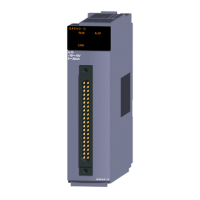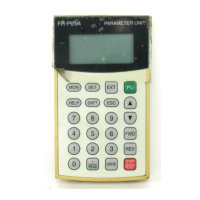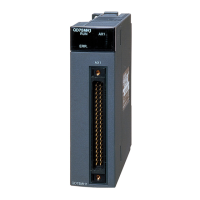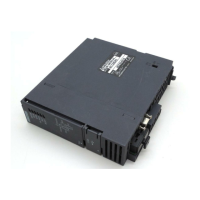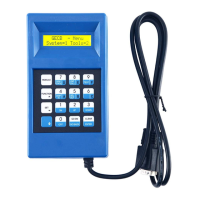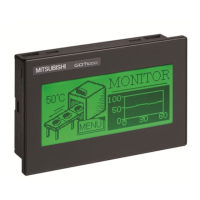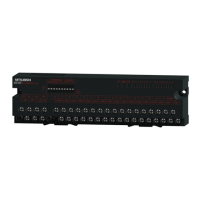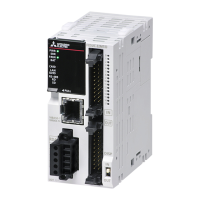
Do you have a question about the Mitsubishi Electric CC-Link IE-NZ2GNSS2-8D and is the answer not in the manual?
| Model | CC-Link IE-NZ2GNSS2-8D |
|---|---|
| Current consumption | 0.5 A |
| Weight | 0.2 kg |
| Network Type | CC-Link IE Field Network |
| Transmission Speed | 1 Gbps |
| Cable Type | Ethernet |
| Operating Temperature | 0 to 55 °C |
| Storage Temperature | -25°C to 65°C |
| Humidity | 5 to 95% RH (non-condensing) |
| Shock Resistance | 147 m/s², 3 times each in X, Y, and Z directions |
Lists the specific models of safety remote I/O modules covered by this manual.
Details the specifications and models of input, output, and combined modules.
Covers general environmental and physical specifications of the module.
Details electrical and functional performance specifications for each module type.
Details the procedures for installing, wiring, and setting parameters for the module.
Lists compatible hardware and software for the safety system.
Lists the safety standards the product complies with.
Explains how to set the module's IP address using DIP switches.
Describes the recommended environment and physical placement for installation.
Details the procedure for mounting the module onto a DIN rail.
Explains how to connect and disconnect the Ethernet cable.
Provides instructions for wiring external devices and I/O terminal blocks.
Details how to configure network communication parameters like cycle interval.
Explains methods for setting module parameters, including automatic settings.
Guides on configuring safety communication settings between modules.
Explains how the module handles safety input signals.
Explains how the module handles safety output signals.
Covers functions for diagnosing input signal failures.
Covers functions for diagnosing output signal failures.
Details the module's built-in protection functions.
Lists daily checks to ensure the module is operating correctly.
Explains how to use diagnostics tools to monitor status and test the module.
Provides a guide to troubleshooting based on the status of the module's LEDs.
Offers solutions for common operational problems without explicit error codes.
Presents common hardware and wiring faults and their solutions.
Provides a comprehensive list of error codes, their classifications, and actions.
Lists and describes safety remote I/O signals used for control.
Covers compliance with EMC and Low Voltage Directives, including installation and wiring.
Guides on how to check the module's production information and firmware version.



